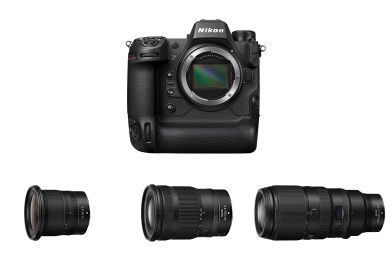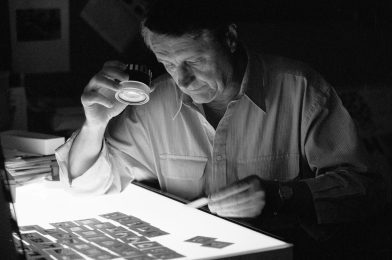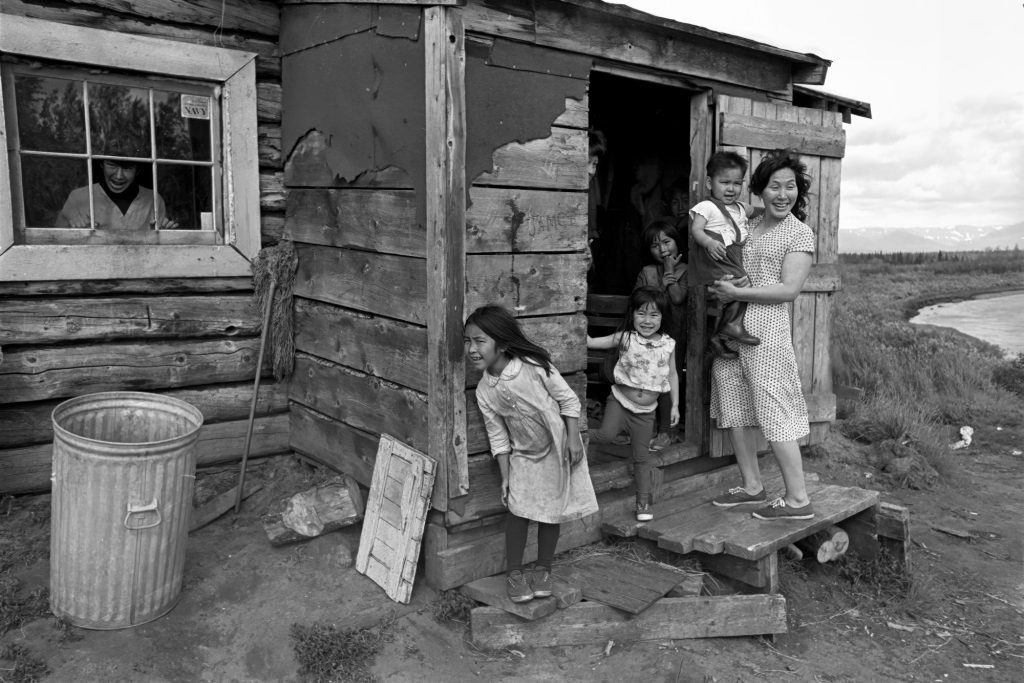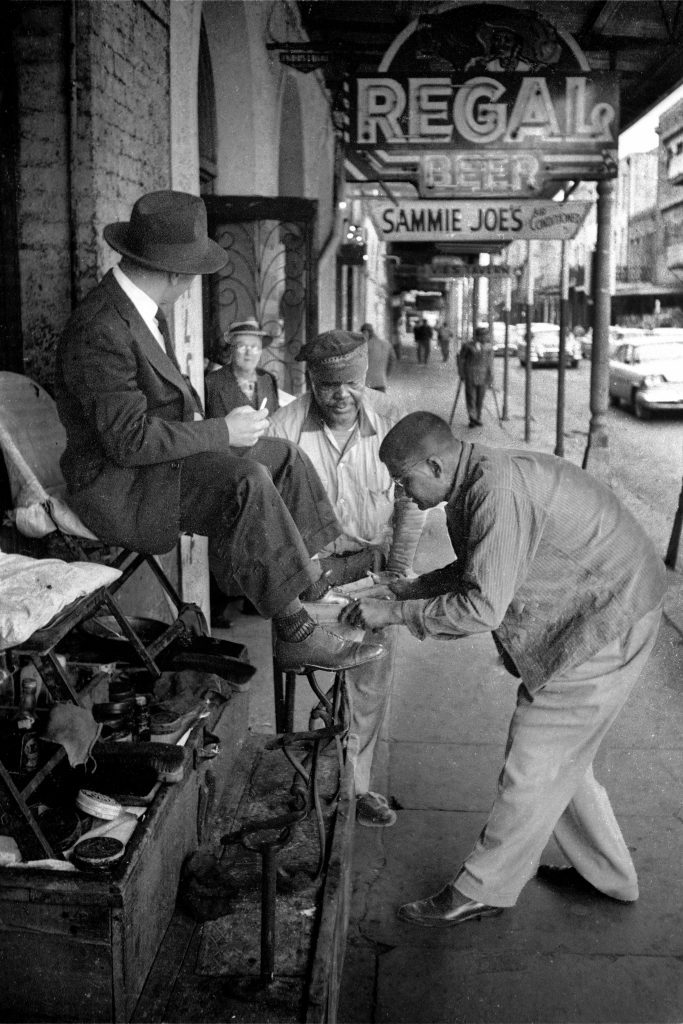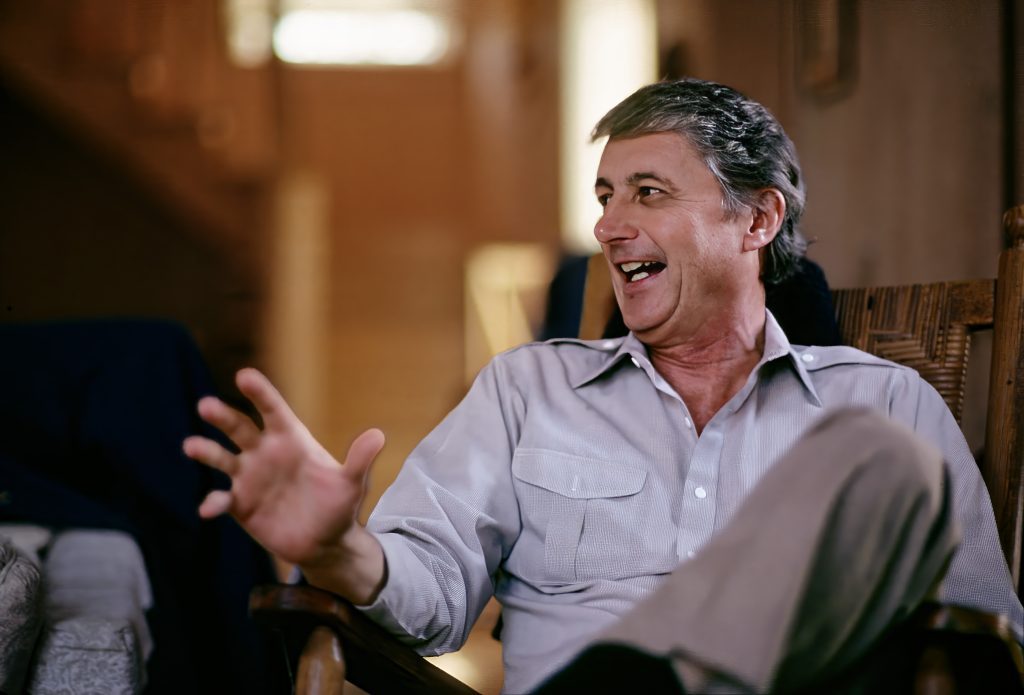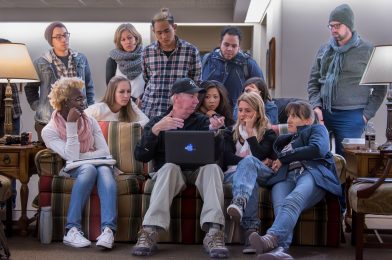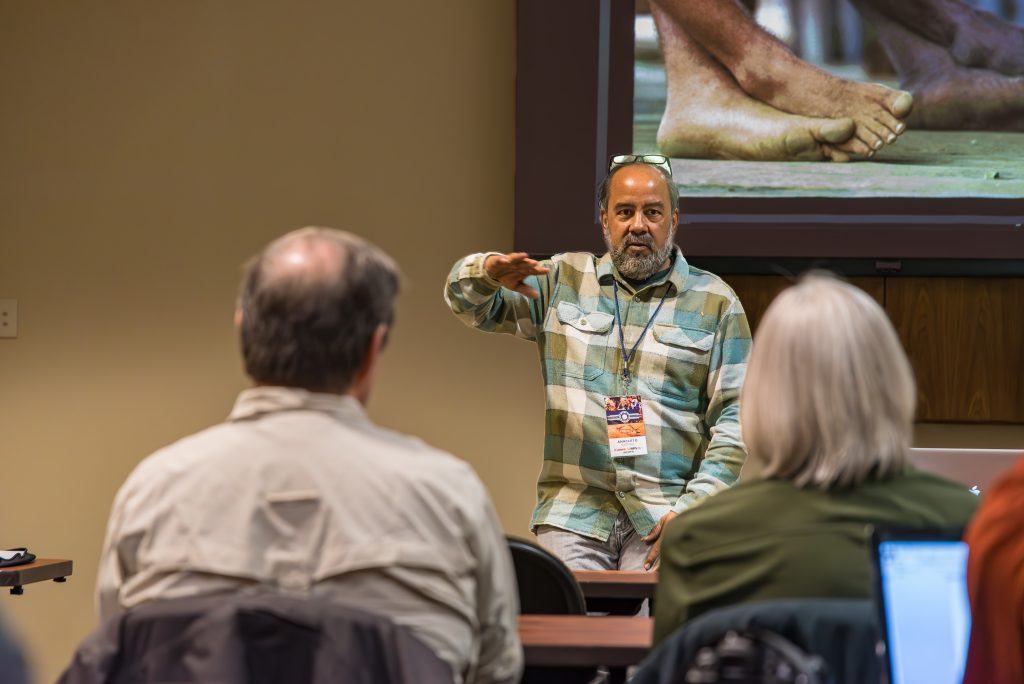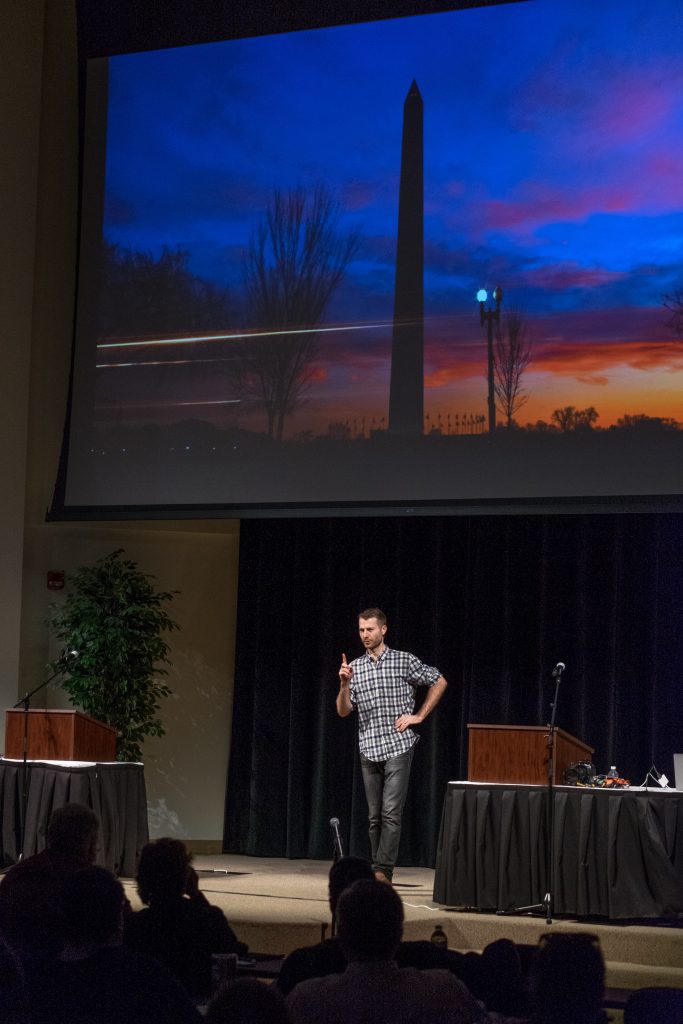When I first laid my hands on the Nikon Z9, I knew it was a game-changer. Two years down the road, that belief has only strengthened. It’s not just another camera in my arsenal; it’s become an extension of my photographic journey. From the beginning, I’ve embraced the features that set it apart, making it a standout companion in my professional pursuits.
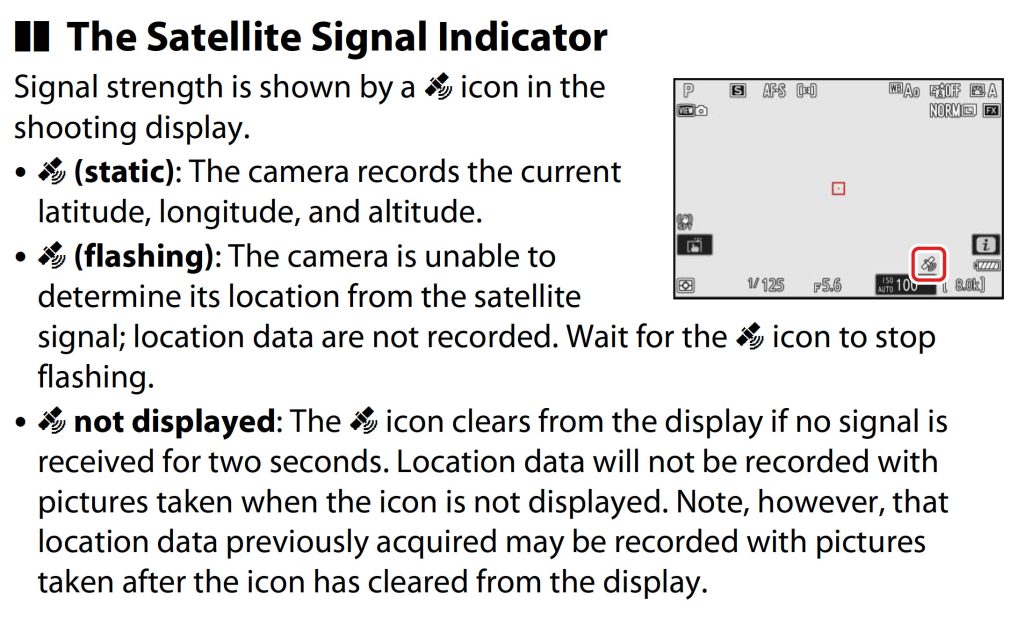
GPS: Charting My Photographic Footprints
The built-in GPS was one of the standout features that sealed the deal for me. In a world where precision matters, this capability to effortlessly capture the geographical coordinates of every shot has been invaluable. Whether I’m traversing international landscapes or capturing fleeting moments in familiar surroundings, the Z9’s GPS ensures that each image is tethered to a specific location. This feature not only aids my stock photography endeavors but also serves as a personal log, illuminating the precise places where my visual stories unfold. It’s a convenience that adds depth to my work without the hassle of manually cataloging every location.
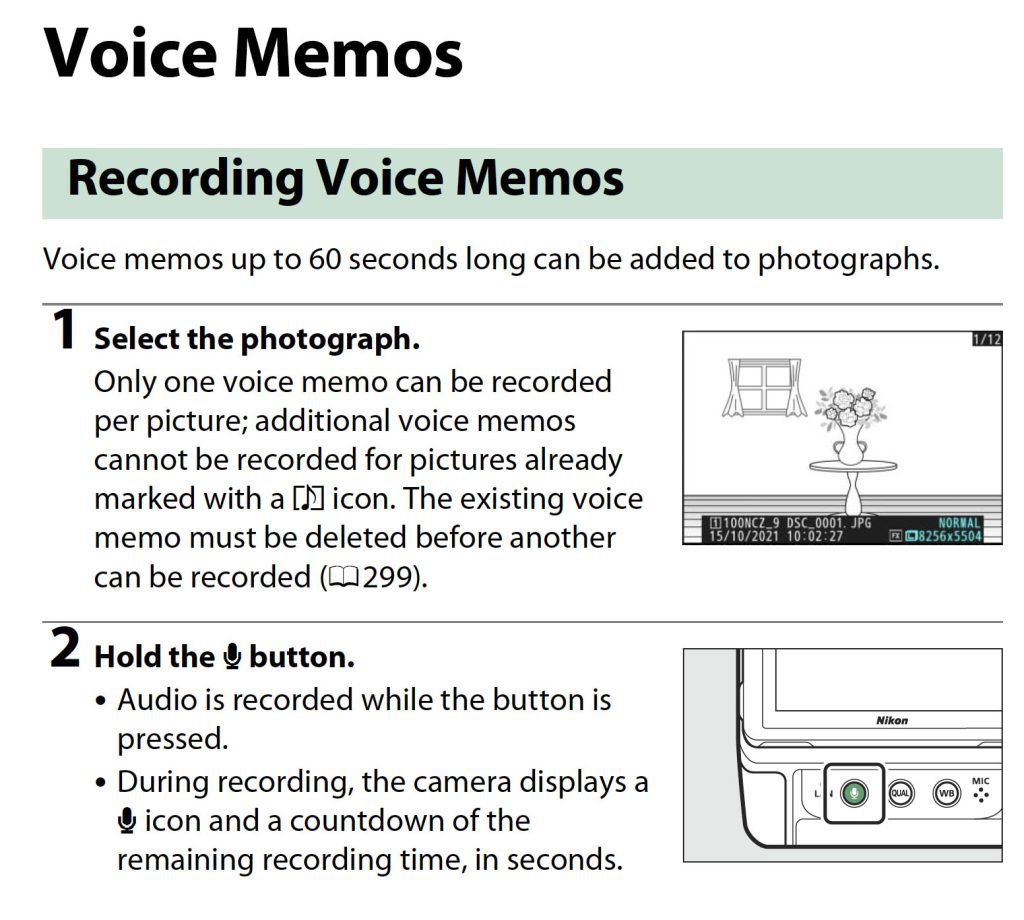
Balancing Convenience and Craftsmanship: Audio File Capture on the Nikon Z9
In addition to its impressive features, the Nikon Z9 offers the convenience of recording audio files associated with each photo—a handy tool, especially in time-sensitive or intricate spelling scenarios. However, as a storyteller who values the precision and richness of narrative, I often find myself opting for the traditional approach of meticulously noting the intricate details of a moment. This method ensures unparalleled accuracy and clarity in my storytelling, a practice I cherish in my photographic endeavors.

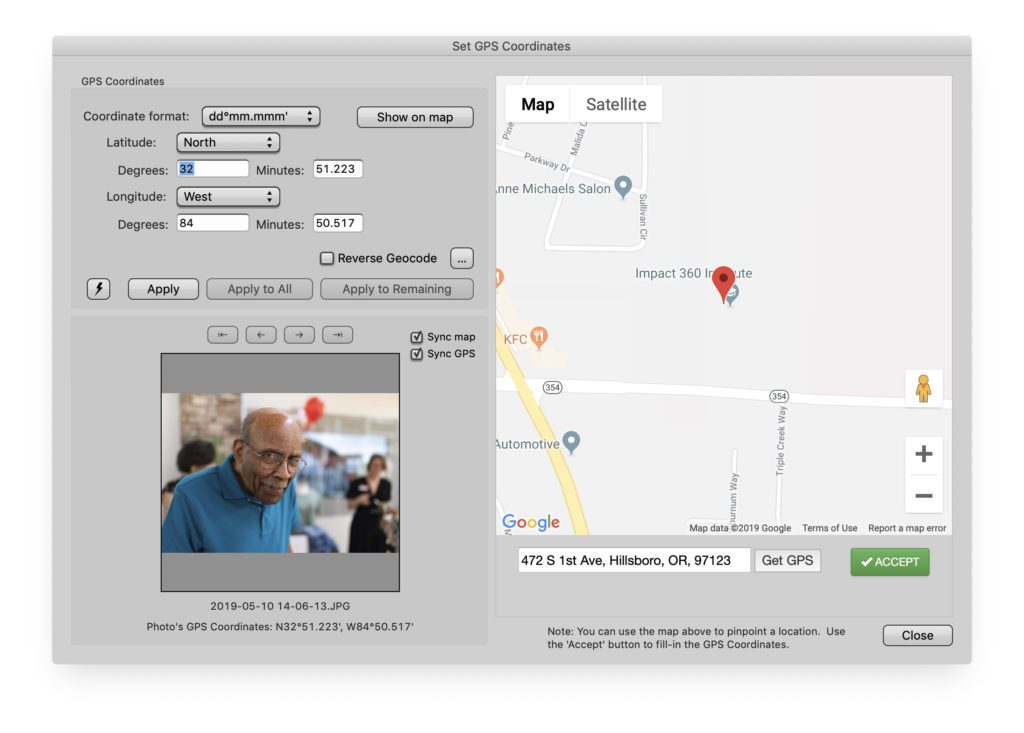
Simplified Workflow with Photo Mechanic Integration
The ease of integrating GPS data into my workflow through applications like Photo Mechanic has been a game-changer. By leveraging the longitude and latitude information captured by the Z9, I effortlessly embed crucial metadata like street names, cities, states, and even specific location names. This streamlined approach adds a layer of information that enriches the storytelling aspect of my photographs without compromising on the camera’s hotshoe or limiting its accessory capabilities.
Endurance of Battery Life and Unrestricted Video Shooting
The Z9’s battery life is a testament to its endurance. Shooting stills continuously throughout the day has never strained its power reserves. Furthermore, the absence of limitations in 4K and the ability to sustain two hours in 8K video recording set it apart. The larger body design also ensures that overheating concerns, often prevalent in video shooting scenarios, are a non-issue. This reliability is crucial, especially in demanding shooting environments or extended creative sessions.
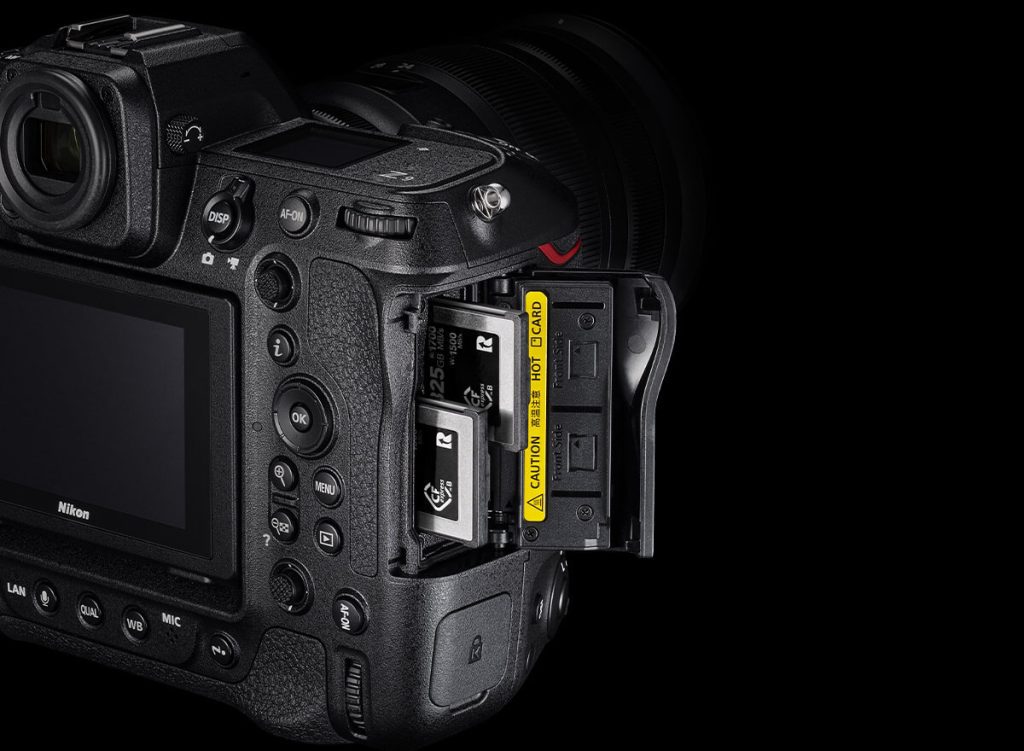
Dual CFAST Type B Card Slots: Unmatched Performance
The presence of two CFAST Type B card slots is a game-changer, particularly in video and sports photography. Having dual slots ensures ample storage capacity and enables high-speed data transfer, eliminating potential bottlenecks. This functionality significantly enhances the camera’s performance, providing peace of mind during crucial shooting moments.
A Future with More Z9s, Fewer Compromises
Reflecting on my journey with the Z9, I am inclined towards a future with third Z9. The unparalleled features, especially the GPS integration and dual CFAST Type B card slots, have made it an indispensable tool in my creative arsenal. Declining and unifying my gear with multiple Z9s feels like a natural progression, a testament to the camera’s reliability, performance, and unparalleled advantages it brings to my craft.
The Nikon Z9 has proven its mettle as a reliable and innovative companion in a world where technology constantly evolves. As I continue to capture moments and weave stories through my lens, this camera remains not just a tool but an embodiment of my passion for photography.

